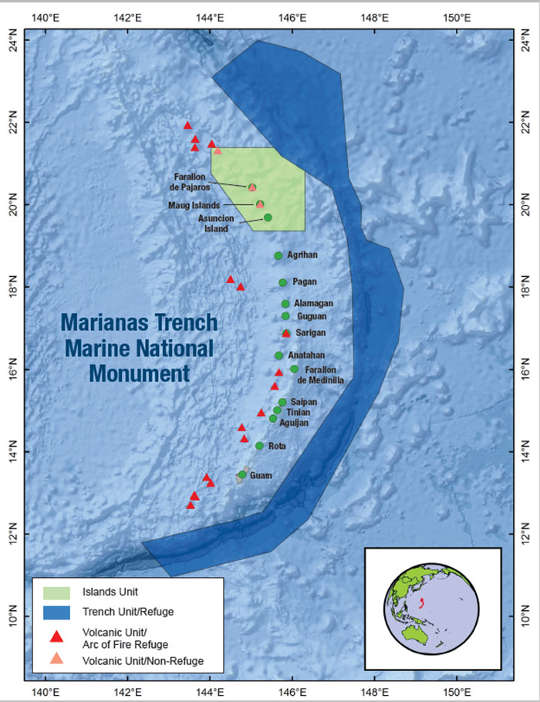This article was published in Scientific American’s former blog network and reflects the views of the author, not necessarily those of Scientific American
If I ever worried that I’d run out of weird and wonderful new life to blog about, that fear has long been laid to rest. Take, for instance, this stunning jellyfish, discovered just four days ago by NOAA’s ship Okeanos Explorer and its ROV Deep Discoverer on the Enigma Seamount near the Mariana Trench 2.3 miles beneath the surface (3,700 meters). I recommend enlarging.
It almost looks photoshopped. But it’s real.
On supporting science journalism
If you're enjoying this article, consider supporting our award-winning journalism by subscribing. By purchasing a subscription you are helping to ensure the future of impactful stories about the discoveries and ideas shaping our world today.
Scientists believe this animal belongs to the genus Crossota, a group of jellies that does not have a sessile polyp stage; all phases of their lives are ocean drifters. They also believe this animal is an ambush predator – note the posture it had assumed in the first half of the video: its bell motionless with its tentacles outstretched like the struts of a spider’s web, waiting for something to bumble into them. The red canals, they suggest, appear to connect the bright yellow objects, which may be gonads.
Okeanos Explorer and Deep Discovererwill be probing the Marianas Trench Marine National Monument and the Commonwealth of the Northern Mariana Islands over the next nine or so weeks, looking for new hydrothermal vents; mud volcanoes; deep-sea coral, sponges and fish; seamounts; subduction zones; and, of course, parts of the famous trench, the world’s deepest.

Green circles denote islands. The dark blue areas is the trench. Image courtesy of the Marianas Trench Marine National Monument.
You can check out the live feed of their explorations here, and a log of daily highlights and associated videos here. Check out this short video of what appears to be a new species of bizarre harp sponge and this one of a crazy-looking dumbo octopus that flitted by. They also discovered huge fields of what appears to be the mysterious giant testate amoeba Gromia sphaerica – appropriately -- on Enigma Seamount. If you love weird, you will love these guys.
You can watch live-feed of the exploration here, but remember, they’re on the other side of the planet, so their day is substantially different from ours. Most ROV dives will begin around 4:30 pm Eastern Time and finish around 12:30 am the next day. It’s great timing for all night-owls and cube workers who normally can’t tune in because you are at work! It looks like they will also be replaying previously recorded explorations (from what appears to be the latest dive) during US daytime hours.